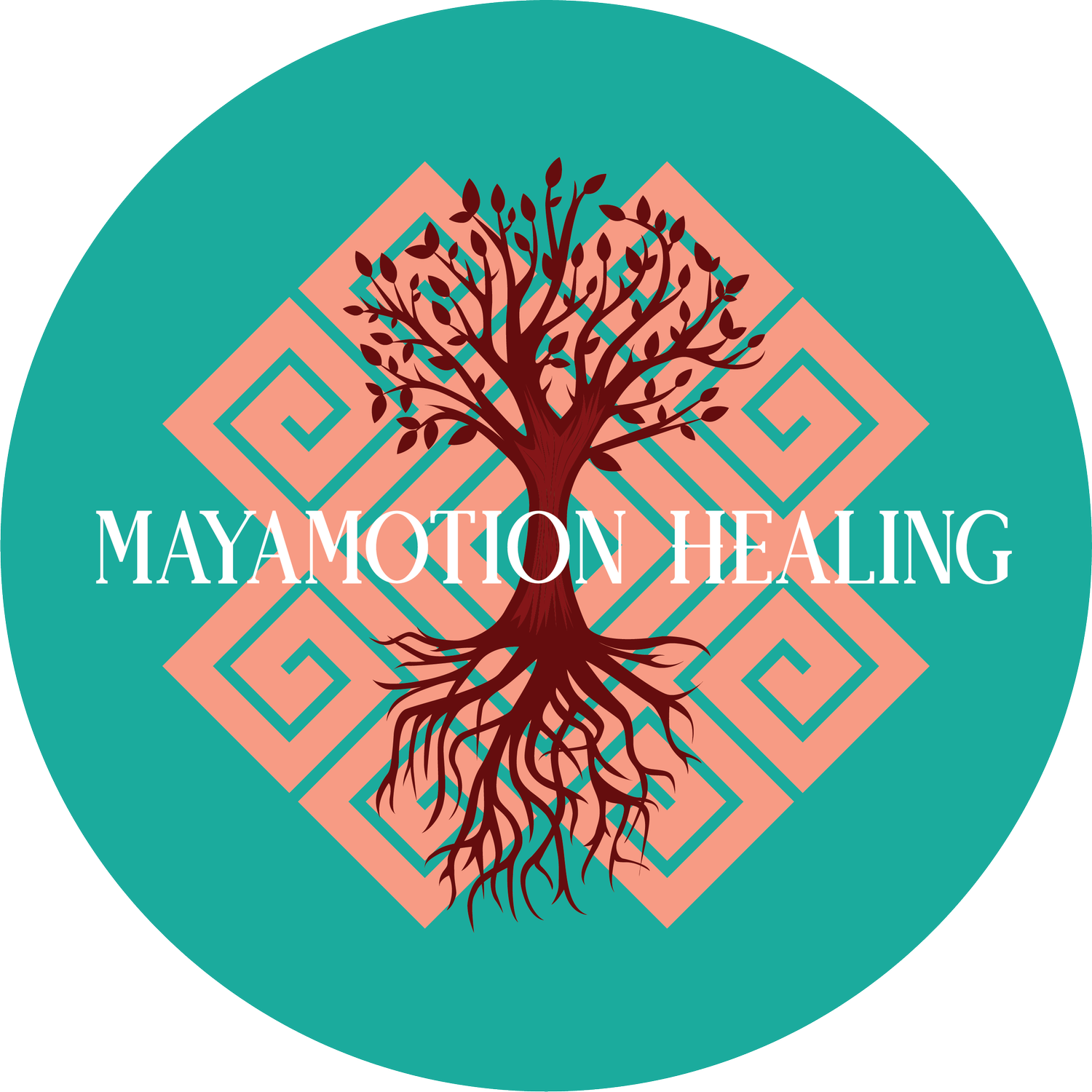The Healing Day of Remembrance 2
*An article from Boulder Beat
How to heal: Boulder’s youth offer practical guide to community
Photo credit: Mayamotion Healing
On April 2, 2022 — barely more than a year after 10 people were killed by a gunman at the Table
Postponement of a motion, or a vote
Mesa King Soopers grocery store — community members traipsed quietly through BMoCA, stopping to decorate a puzzle piece, sculpt something with playdough, contribute to a poetry wall, or simply pause and take a breath.
Ten different stations offered attendees different ways to connect with oneself and others. They were put together by the Youth Leadership Healing Committee, a group of 21 diverse young people whose goal was to bring healing to the community.
They did: 200 people, of all ages, attended the event. But still, the youth wanted more.
“One of the things we heard loud and clear is that not enough kids benefitted from this,” said Mara Mintzer, executive director of Growing Up Boulder, who co-facilitated the group. “The kids would say everybody needs to be healing.”
Their wishes were honored. The Healing Day of Remembrance was hosted at Boulder History Museum’s Google Garage, where 1,283 people visited it, including 312 children and youth.
And now, the collective wisdom of the committee has been turned into a how-to for self-care. It was developed with BVSD teachers and students in mind, but the toolkit is for everyone.
“Those youth wanted to have wellness and health experience more readily available to more people, not just youth,” said Cathy Hill, Growing Up Boulder’s education director.
And although the endeavor was inspired by the Table Mesa tragedy, it is useful for the sorts of everyday stresses, triggers, traumas and tragedy that are omnipresent in society today. The toolkit is titled “How do you take care of yourself: Activities for promoting healing and resilience,” and that’s exactly what it’s meant to do, Mintzer said: Teach users “how do I help myself when I become upset in some way?”
The guide includes the 10 healing stations from the Day of Remembrance (plus one, to provide feedback) as well as age-appropriate standards to guide learning and discussing social and emotional skills.
“There is no one-size fits all when it comes to healing or mental health,” said Maya Sol Dansie, who runs Mayamotion Healing and who worked with Growing Up Boulder to bring the event and toolkit to life.
“I’m really grateful it continued to evolve,” Dansie said of the tooklit. “Taking the lead from our young people, there’s such a high need for so many different modalities. We need more of these opportunities for community members.”
Dealing with difficult topics is one area where children often have an edge over adults, Dansie said, because of past generations awkwardness when it comes to mental health or controversial issues like gun violence or racial injustice.
“Adults are really nervous about those conversations,” Dansie said. “In conversations with adults, I notice them tensing” while young people are more candid.
That’s crucial to mental health, Dansie said, sharing an old adage: “Name it to tame it.” In other words, if we can’t talk about things, we can’t heal from them.
“Especially with young folks, we make assumptions around innocence and awareness,” Dansie said. “Our young folks are keenly aware. I would encourage folks to really explore what is our own tolerance and discomfort shutting (those conversations) down.
“We need to bring up our threshold to talk about these things.”
America’s youth mental health crisis is being felt keenly in Boulder County. Between 2020 and 2021, emergency room visits for suicidal ideation rose 41% for youth aged 10-17. Attempted suicide among that group rose 63% during the same time.
One significant source of stress that youth report is the pressure to perform in schools. It also highlights another issue when it comes to youth mental health: Adults not responding when kids advocate for themselves.
“Ten to 12 years ago, kids were like, ‘We want a room in Boulder High where we can relax; we need place in our school to de-stress and reset,'” Mintzer said. “When I started Growing Up Boulder, that was literally one of the first recommendations” we made. “Kids have been asking for this for years and I’m not sure fully why it hasn’t happened.”
BVSD did open a wellness space at Monarch High in December (which Mintzer mentioned) using grant money available after the Marshall Fire. The district hopes to secure more funding and add similar spaces in other schools, the Daily Camera reported.
“We need to be listening to our young folks,” Dansie said, and “creating spaces that aren’t just inclusive and accommodating to younger generations but creating that with them.”
Dansie and Mintzer are hopeful that the community will also begin to expand its idea of what healing looks like to recognize long-standing practices in other cultures.
“A conversation I hear a lot about our community is that Latinos don’t go to therapy,” Dansie said. “That’s misinterpreted. If we’re only providing talk-based therapy, in institutional settings, and not getting more creative,” than, yes, they may not access those services.
“Other cultures grieve differently.”
Often, that means collectively.
“There’s tons of research when it comes to climate change, but it’s true for any distressing situation, when you take collective action, with other people, it’s healing because you’re taking agency,” Mintzer said. “That’s part of why there was this action piece. It wasn’t us doing therapy with this group of kids.”
Everyone involved is hopeful that that the toolkit will continue to evolve, a form of “living document,” as Dansie said, that is added to and transmuted with time and more participation. There are plans to share it with other communities as well, Mintzer said, “every place that’s been affected by a mass shooting or trauma.”
Mintzer’s hopes for the healing toolkit in this community are simple and straightforward: “I just want them to use it.”
*This article is credited to Boulder Beat

